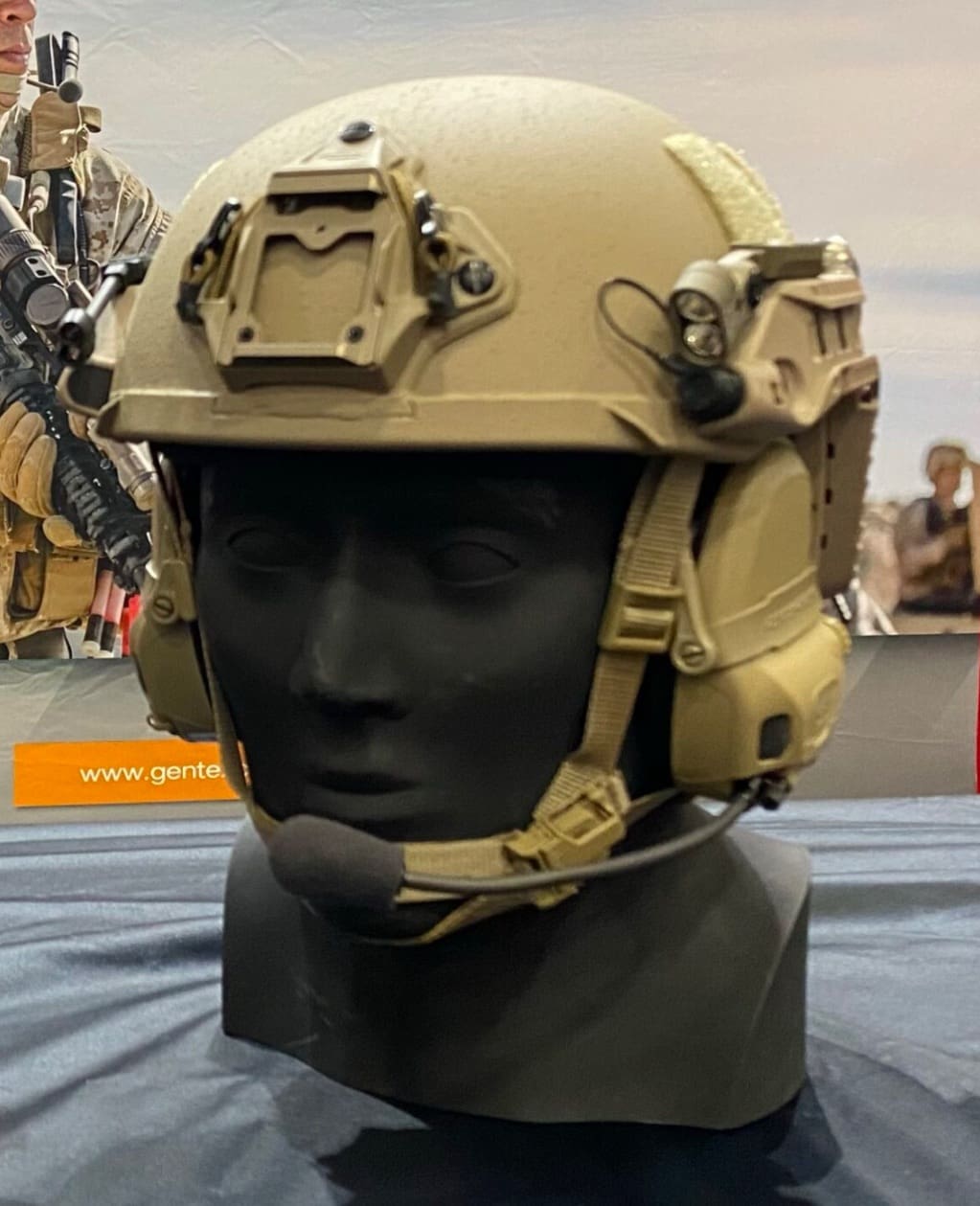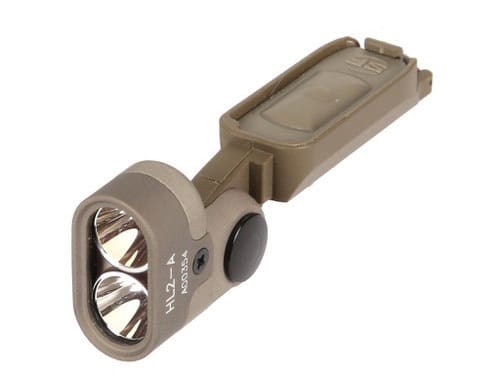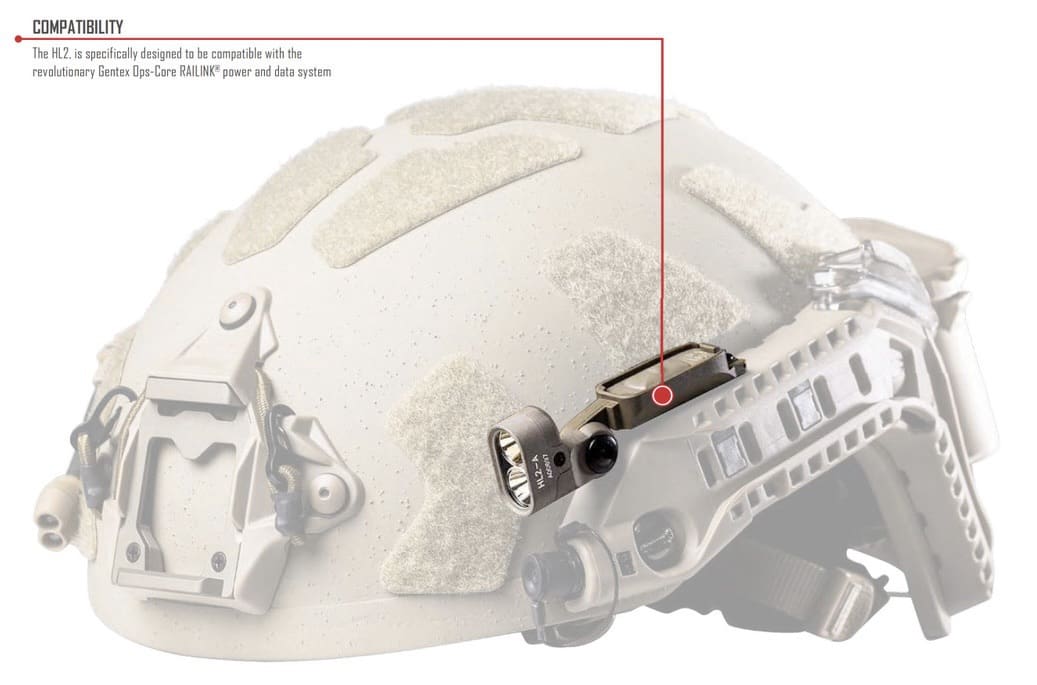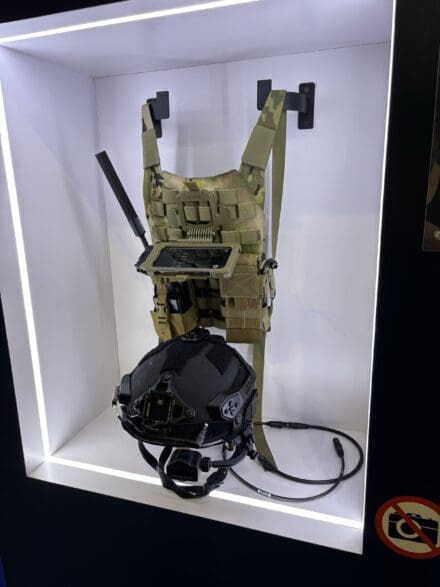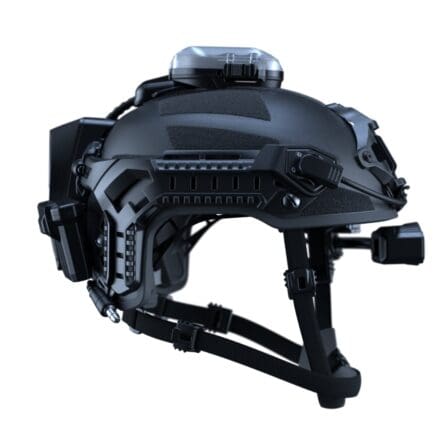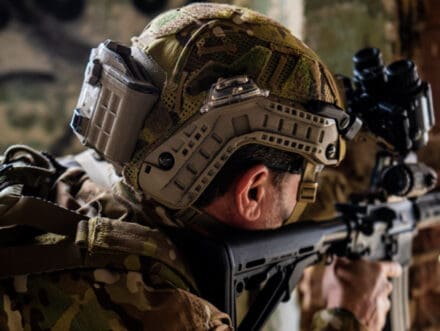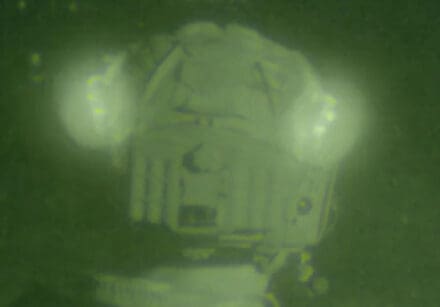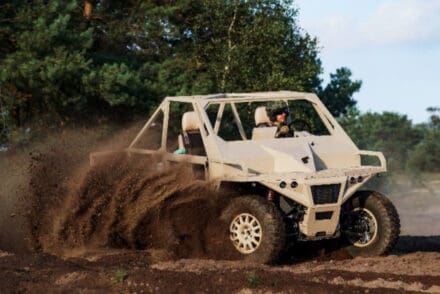Co-Inventor of METEOR Power System to Lead Company as Pentagon Showcases Innovation
WASHINGTON, July 15, 2025 — Sentient Industries is pleased to announce that Justin LeVrier has stepped into the role of Chief Executive Officer, with Founder Willem Vonk continuing as President. Both LeVrier and Vonk are currently in Washington, D.C., where on July 16 they will present Sentient’s field-proven METEOR Power System at the “OUSD (R&E) Rapid Prototype Display: Multi-Domain Autonomous Solutions” at the Pentagon—a showcase of technologies developed to address evolving threats for the warfighter. This national spotlight underscores Sentient’s commitment to delivering capabilities that matter, from development to deployment.

Sentient Industries Welcomes Justin LeVrier as CEO; METEOR Power System Spotlighted at Pentagon Innovation Event
Together, LeVrier and Vonk conceptualized METEOR Power System (Modular Energy for Tactical Operations Resource) and took it from idea, to white board, to a physical field-proven power system trusted by defense and disaster response in mere months. This reflects Sentient’s hands-on approach to R&D, rapid prototyping, engineering and manufacturing.
“Being invited to present METEOR at the Pentagon is not just an honor—it’s a signal that Sentient’s rapid prototyping approach and commitment to practical solutions are delivering real value for our nation’s operators,” said Justin LeVrier, CEO. “This is exactly the type of milestone that energizes our team and inspires us to push the boundaries of what’s possible for our defense and emergency response partners.”
Justin LeVrier brings a long and diverse career spent connecting people, systems, and technology. He is recognized for his collaborative leadership style, creative problem-solving, and his ability to bring out the best in teams. Prior to joining Sentient, LeVrier served as VP of Sales at Joule Case, where he formed the go to market strategy and expanded access to advanced mobile power solutions in the burgeoning food truck market nationally. Through LeVrier, Joule Case was METEOR’s first reseller, giving him a unique perspective on point-of-need-power in both commercial and defense markets, and what it takes to move ideas from the lab into the real world. Whether leading product launches at Cardone Enterprises with Grant Cardone, building customer relationships globally with Mercedes-Benz, or mentoring the next generation of innovators at Creative Leverage, LeVrier’s focus has always been — people first.
Reflecting on the transition, LeVrier said; “Willem and I have always believed that the best solutions come from working side by side with our team, our end users, and our clients; questioning the status quo, observing, listening and taking action. I’m honored to help lead Sentient into its next chapter, and I look forward to building on the foundation we’ve created together.”
Vonk, who founded Sentient Industries, has spent his career at the intersection of human centered experiential design, engineering, advanced materials and manufacturing. Since its launch in 2021, he has built Sentient into a place where ideas are rapidly prototyped, tested, and brought to life. Throughout his career, Vonk’s out of the box thinking, technical expertise, and commitment to seeing things from a unique perspective—have shaped Sentient’s culture and the company’s approach to solving tough challenges for top tier clients.
“Justin LeVrier’s appointment as CEO marks an exciting new chapter for Sentient Industries,” said Vonk. “As Justin and I co-invented the METEOR Power System together, I’ve seen firsthand the vision and leadership he brings. His ability to unite people and ideas is exactly what Sentient needs as we expand our impact.”
“The Pentagon showcase underscores our mission: rapidly moving critical technologies from concept to deployment where they matter most. We’re proud to lead a team dedicated to innovation that supports those on the front lines.”
This leadership transition deepens Sentient Industries’ commitment to collaborative innovation, and client success. With LeVrier as CEO and Vonk as President, the company is well positioned to continue bringing game changing capabilities to market.
To learn more about Justin LeVrier and connect professionally, visit their LinkedIn profile: www.linkedin.com/in/levrier
To learn more about Sentient Industries and the METEOR Quiet Tactical Power System visit: sentient.industries
Based in Austin, Texas, Sentient Industries is the owner, designer and OEM for the METEOR Power System, and accelerates mission critical technologies through their product design, engineering, prototyping, and manufacturing services that empower clients to overcome complex challenges in defense and commercial applications.


